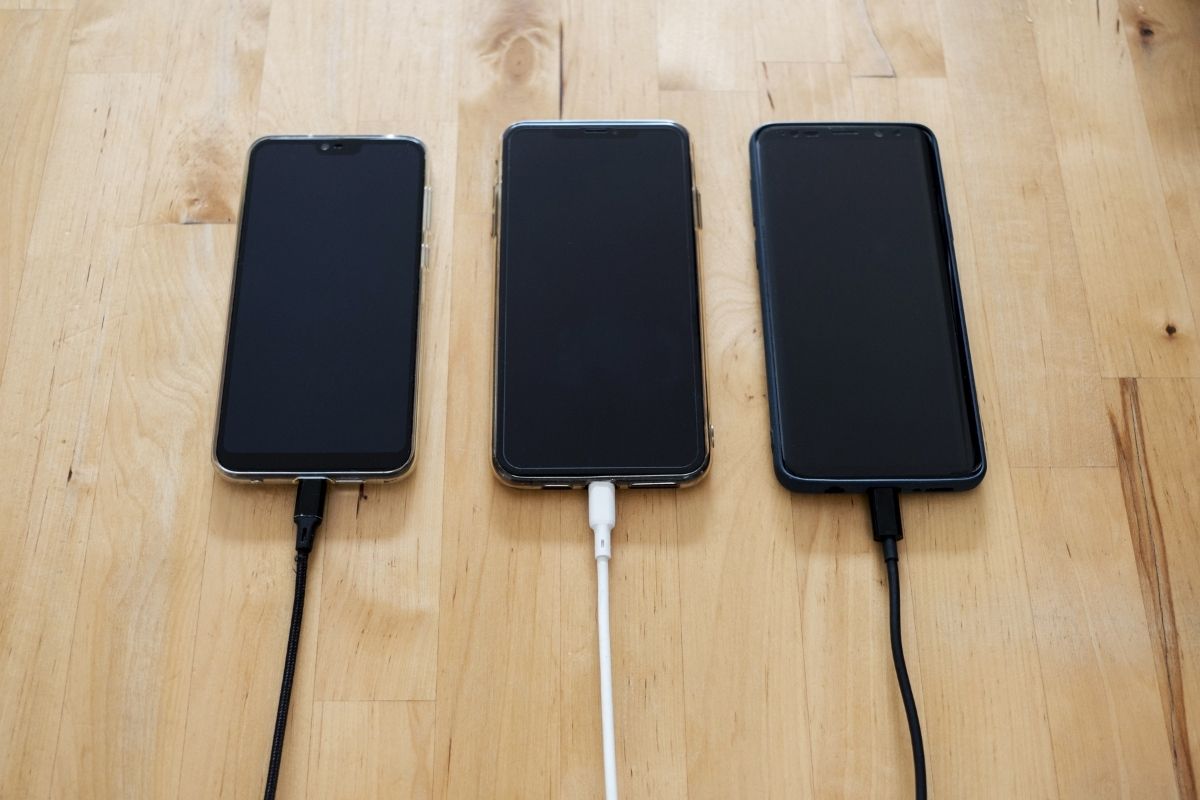
Apple is the secondary smartphone market leader globally. People purchased a ton of refurbished smartphones in 2021. The flagship premium smartphones can be too expensive for the majority. These users seek for refurbished or second-hand smartphones to get the flagship features at more affordable prices.
According to the Counterpoint Research’s Global Refurb Smartphone Tracker, the volume of refurbished smartphones grew by 15% YoY in 2021. This growth came despite the growth of 4.5% YoY in new smartphone shipments. As per the report, a lot of users are going for the refurbished Apple and Samsung smartphones.
India and Latin American Markets Saw the Most Growth in Volumes of Refurbished Smartphones
In 2021, the refurb market grew in the smartphone segment. This was because of more availability of refurbished smartphones, but also because of the sustainability factor and better quality checks, certifications, and warranty options.
Since 2018, refurb players have matured significantly and are looking to scale up volumes of refurbished smartphones. According to the report, Apple was the leader in the secondary smartphone market.
Senior analyst Glen Cardoza said the volumes of refurbished smartphones are growing YoY in developing markets such as India, China, Southeast Asia, Africa, and Latin America. Cardoza added that these markets will see further growth as there is a lot of unorganised business and a large rural demographic which is yet to be captured.
However, the average selling price (ASP) of the 4G smartphones grew during the year. It makes sense as the more the demand, the higher the prices.
Research director Jeff Fieldhack said the Indian and the Latin American markets saw the highest growth in the selling of refurbished smartphones in 2021.
In India, the growth rate for the volume of refurbished smartphones grew by 25% in 2021. Budget-conscious users go for second-hand devices to get them for a lower average selling price. The two to three-year-old flagships can be purchased at a 40%-70% discount over the new ones in the secondary markets.















